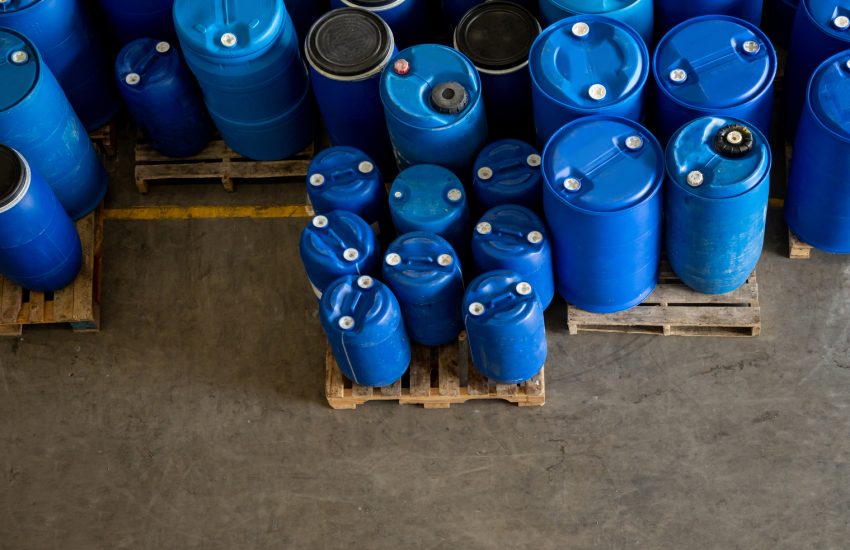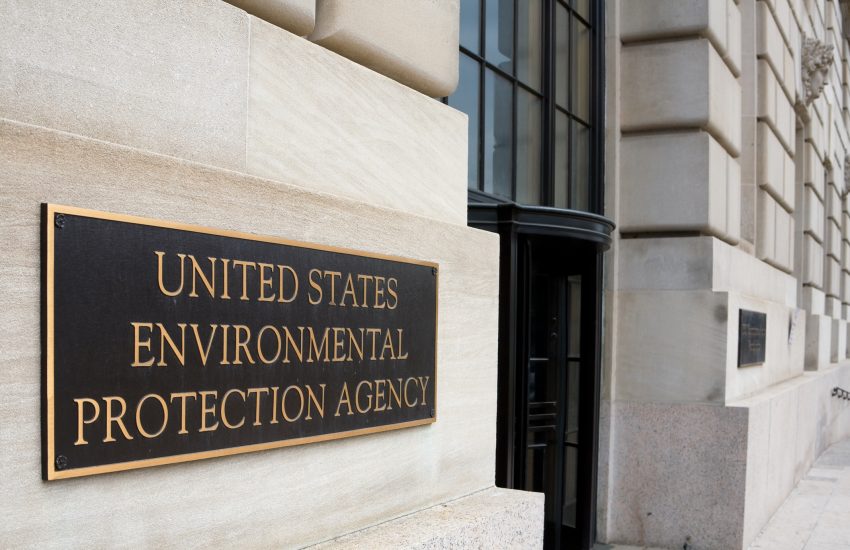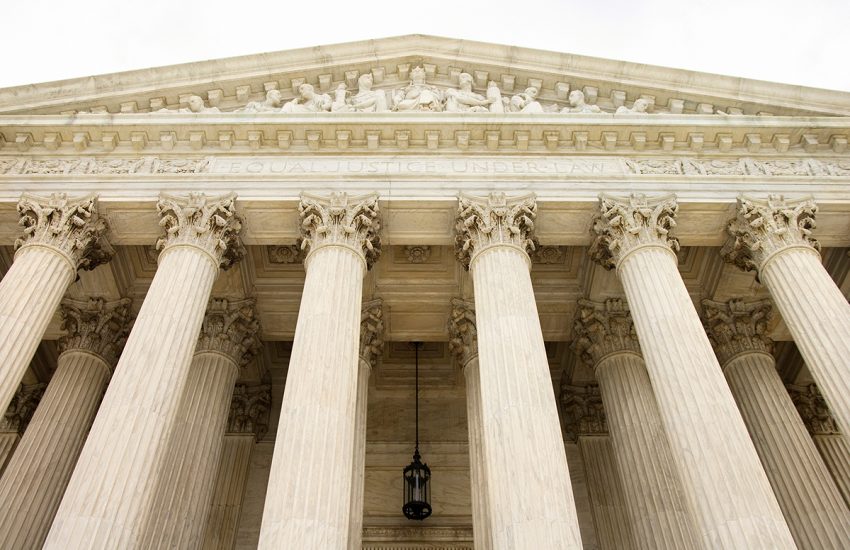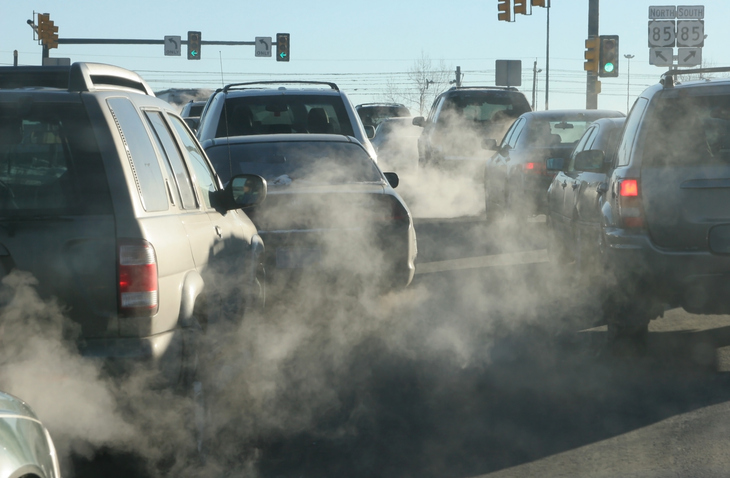As our readers are likely familiar from our past blog posts here, here and here, in September 2022, EPA proposed to designate PFOA and PFOS as hazardous substances under section 102(a) of Comprehensive Environmental Response, Compensation, and Liability Act (CERCLA).
Now, EPA has made it final: the agency has designated perfluorooctanoic acid (PFOA) and perfluorooctanesulfonic acid (PFOS), including their salts and structural isomers, as hazardous substances (See Pre-Publication Notice).
EPA concluded that designation of those two substances is warranted “because both …
Continue Reading








